Engineering Explained: 10 Things I Love About My 2014 Subaru STI
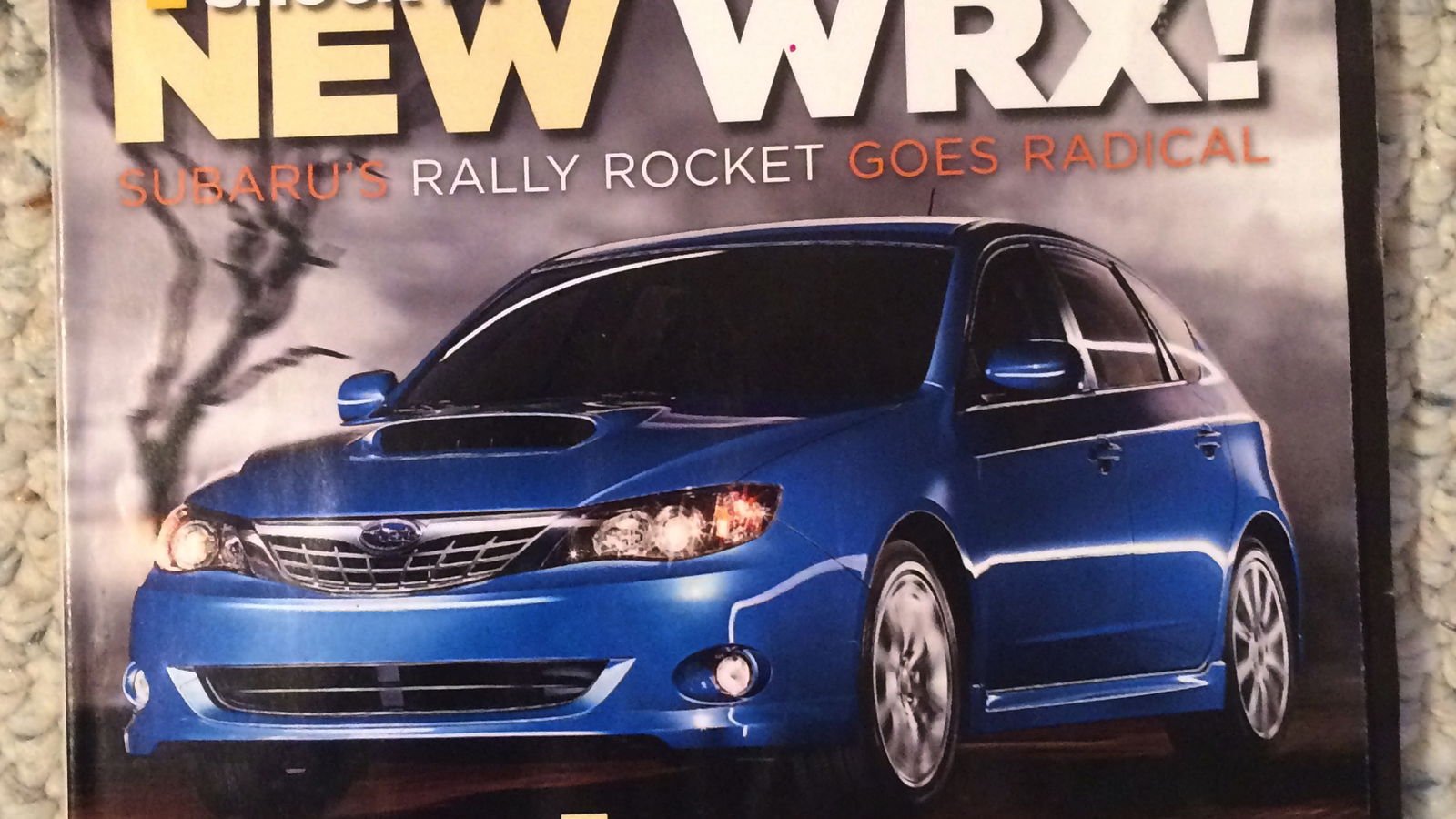
I thought it was quite ugly and I couldn’t believe that Subaru had taken this car down a route that I deemed boring and practical. Fast forward to March 2014, after some time working as an engineer, and I took delivery of my very own ’14 STI hatchback. So that it’s clear, this car has its flaws: the interior has an abundance of plastic, the doors have a cheap weightlessness to them, the ride is loud and harsh, the gearshift is clunky, and the fuel economy is abysmal. Now that I’ve proven that Subaru isn’t behind me posting this, let me explain what I love so much about this car.
1. Driver Selectable Options
As an engineer, when you design something you have to be willing to accommodate the masses. This means making sacrifices that not all drivers want to make, whether it be how the car drives, how the pedals feel, or how safe you want your driving experience to be. This car gives you options: three throttle maps to choose from, nine different centre differential settings (altering the torque split front to rear), and three different traction settings. Set the throttle to Sport+, supply the torque primarily to the rear, and turn off stability and traction control to improve your mood.
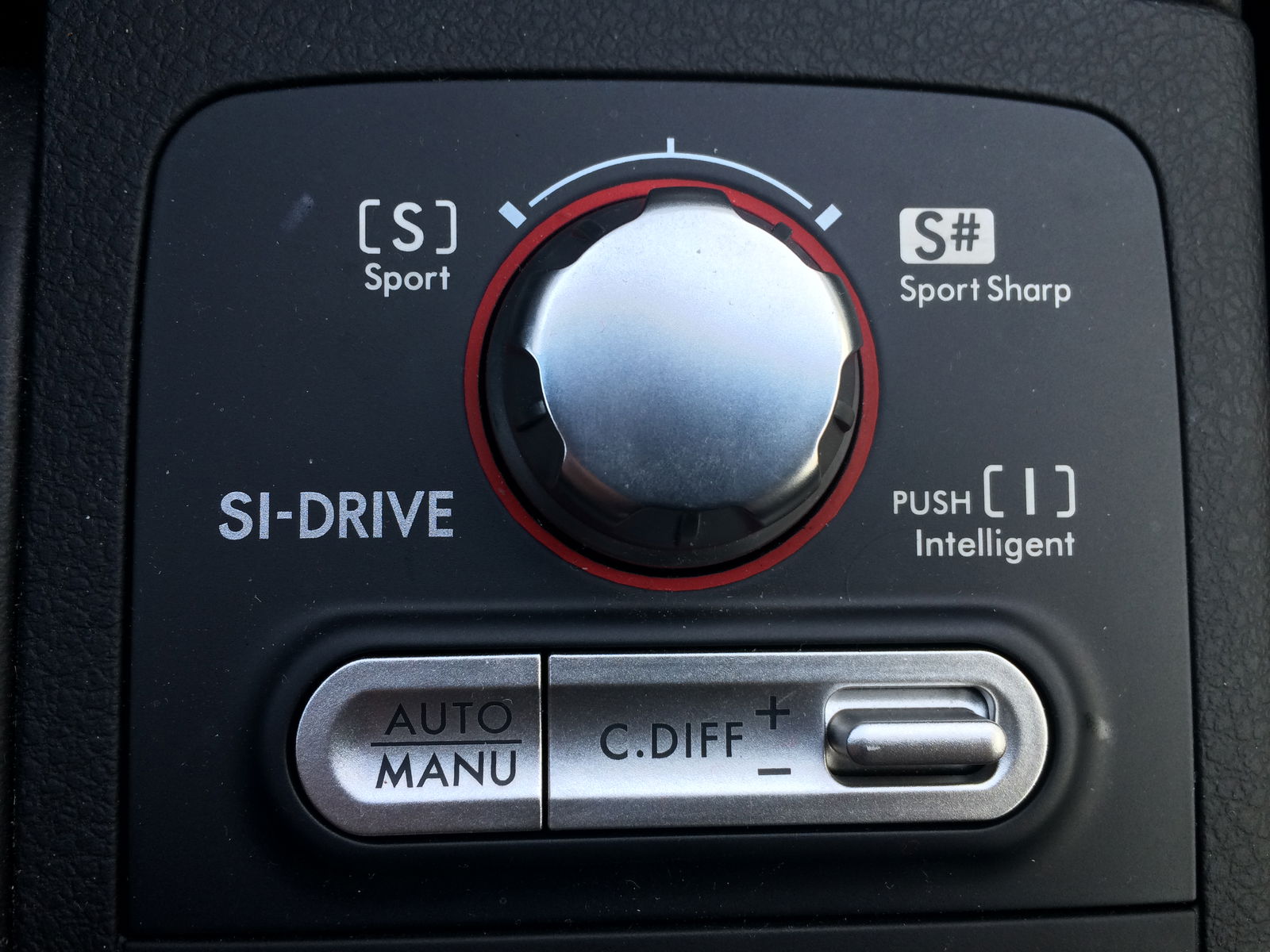
2. All-Wheel Drive
Weight is the enemy of all that is fun when it comes to cars. Usually, anything that decreases weight I am completely for (smaller engines, smaller cars, better material selection), but when it comes to AWD I make an exception. At the cost of added weight, you have the benefit of always being capable of putting down more power (if it’s available) compared to a 2WD model. The only exception is if your RWD dragster can transfer 100 per cent of the load to the rear tyres (lifting the front wheels), as Vin Diesel teaches us in Fast & Furious 6 in his London race versus Letty. Steering performance may suffer with the front wheels airborne.
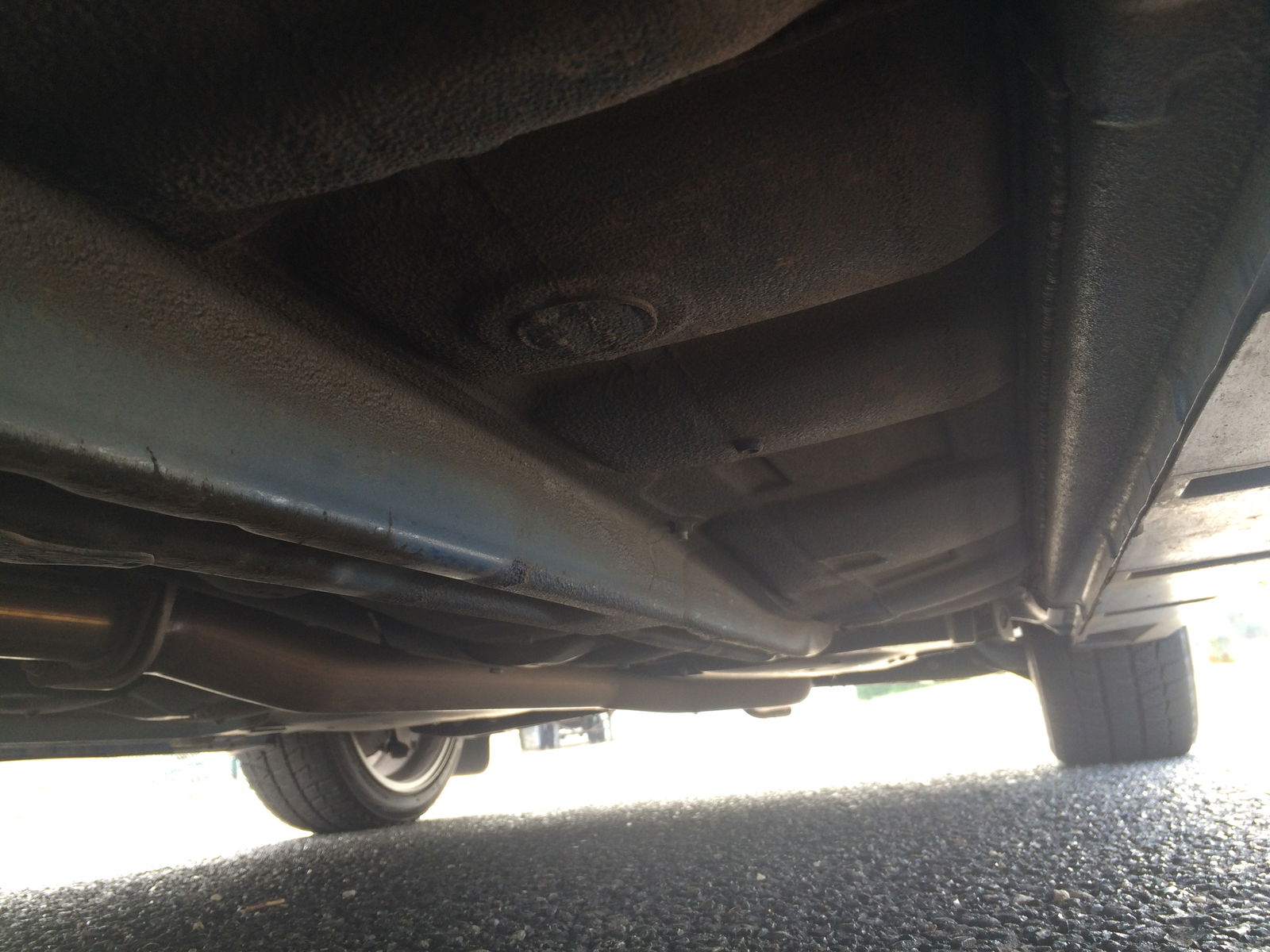
3. DCCD and 2 LSDs
Once you’re traction limited, adding power to your car doesn’t do much good aside from perhaps more violent burnouts. With a centre differential that can vary the torque front to rear, a helical limited-slip differential up front, and a Torsen limited-slip differential in the rear, the engine torque will find a wheel with grip. Why does it even come with traction control?
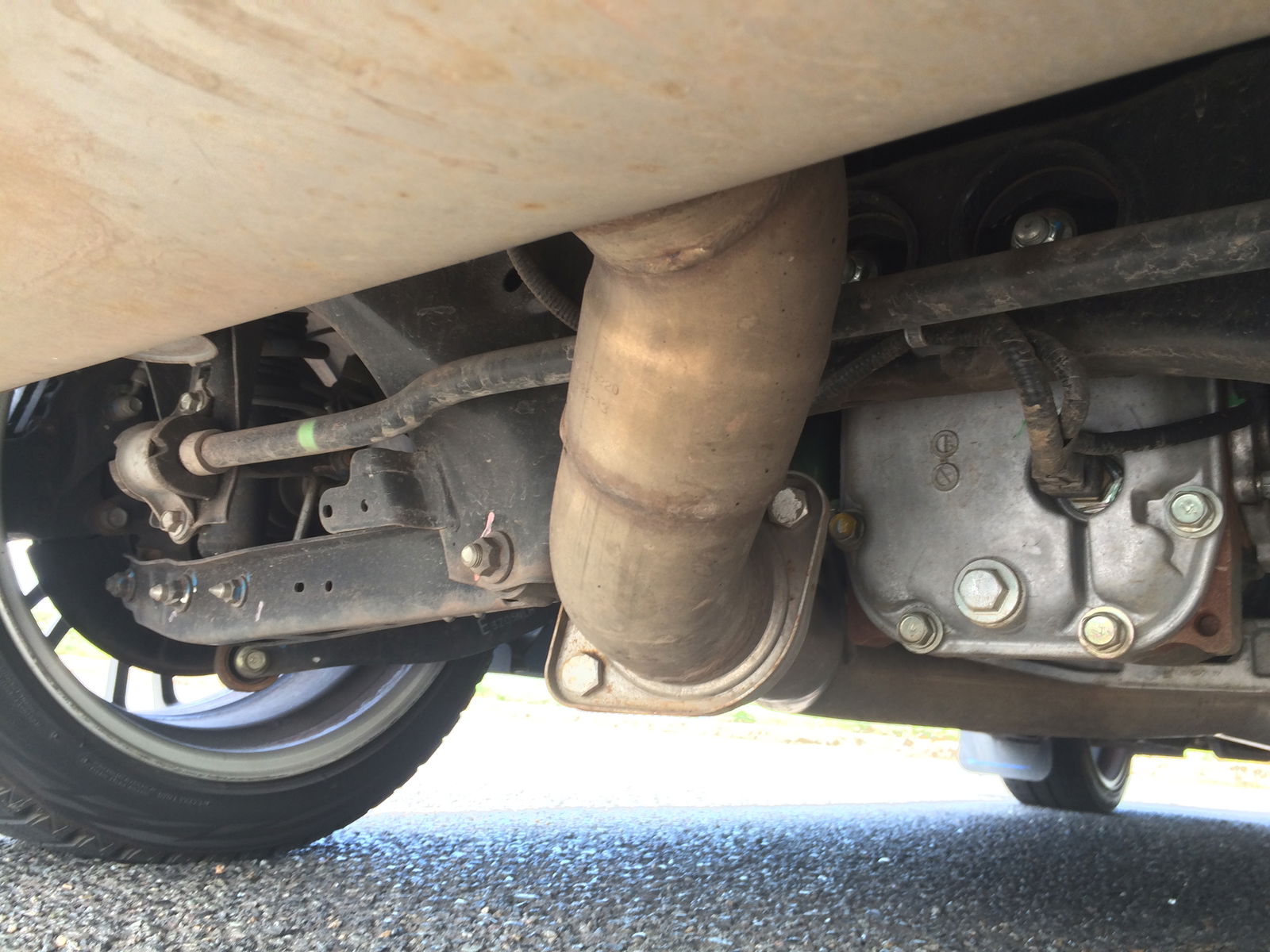
4. Boxer Turbo
Boxer engines actually make a lot of sense when it comes to performance engines. The weight is kept down low, and they’re much smoother than inline-fours due to the primary and secondary forces being well balanced. Oh, and it’s turbocharged. Nearly 15 pounds of boost awaiting your heavy right foot.
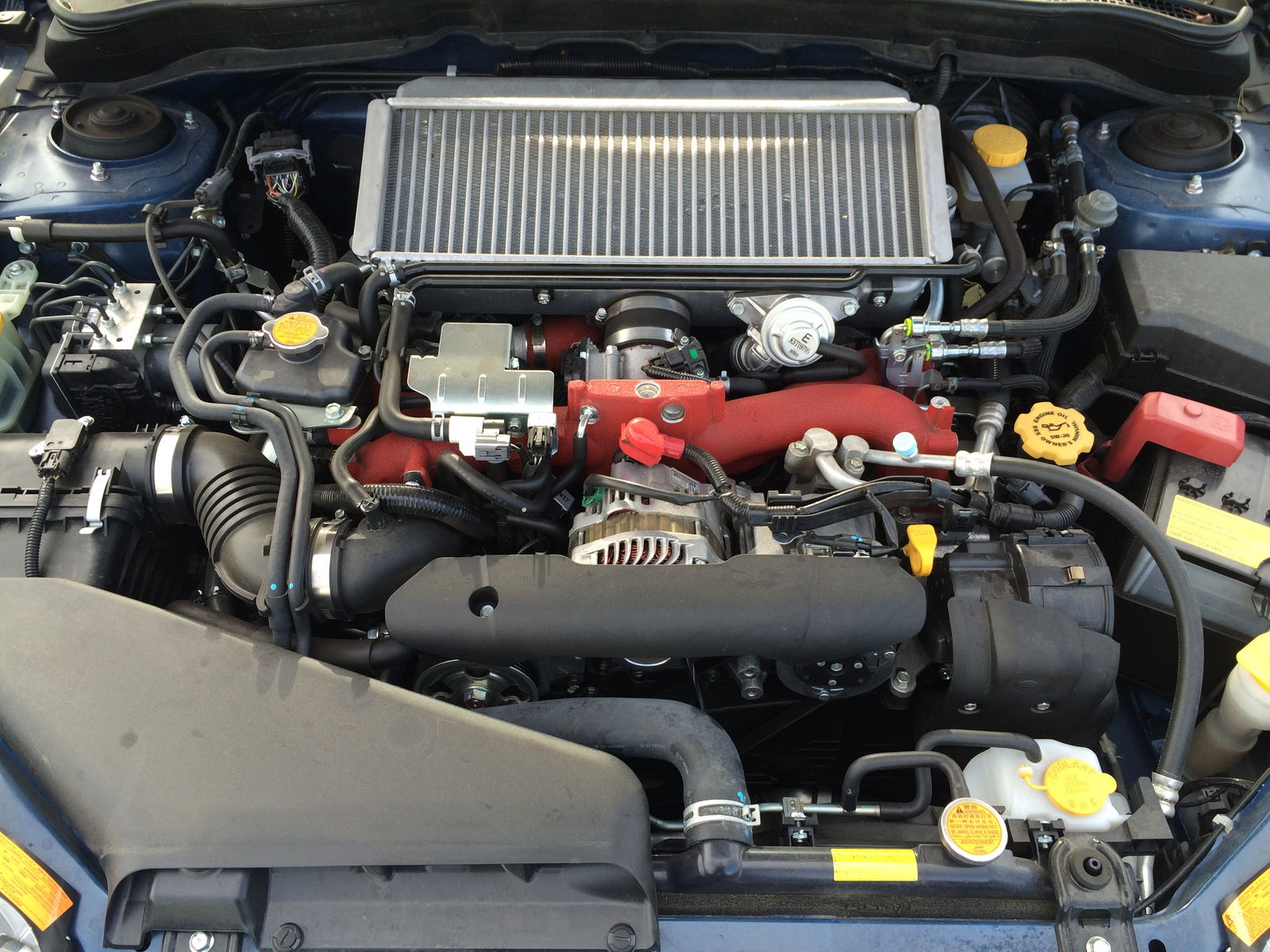
5. Manual Transmission
The STI is a driver’s car. Nonsense transmissions aren’t even offered. If you don’t fancy rowing your own gears, this car is nixed off your short list. Now I mentioned the gearshift is clunky, and it is, but personally I find the clutch completely ideal. It’s heavy, but the entire range of clutch travel (although not all that long) is used. The second you start lifting your foot from a depressed clutch, it starts to bite, and it’s not fully engaged until you’ve fully released. This allows for an incredible amount of control, where many other clutches have a very narrow band of engagement.
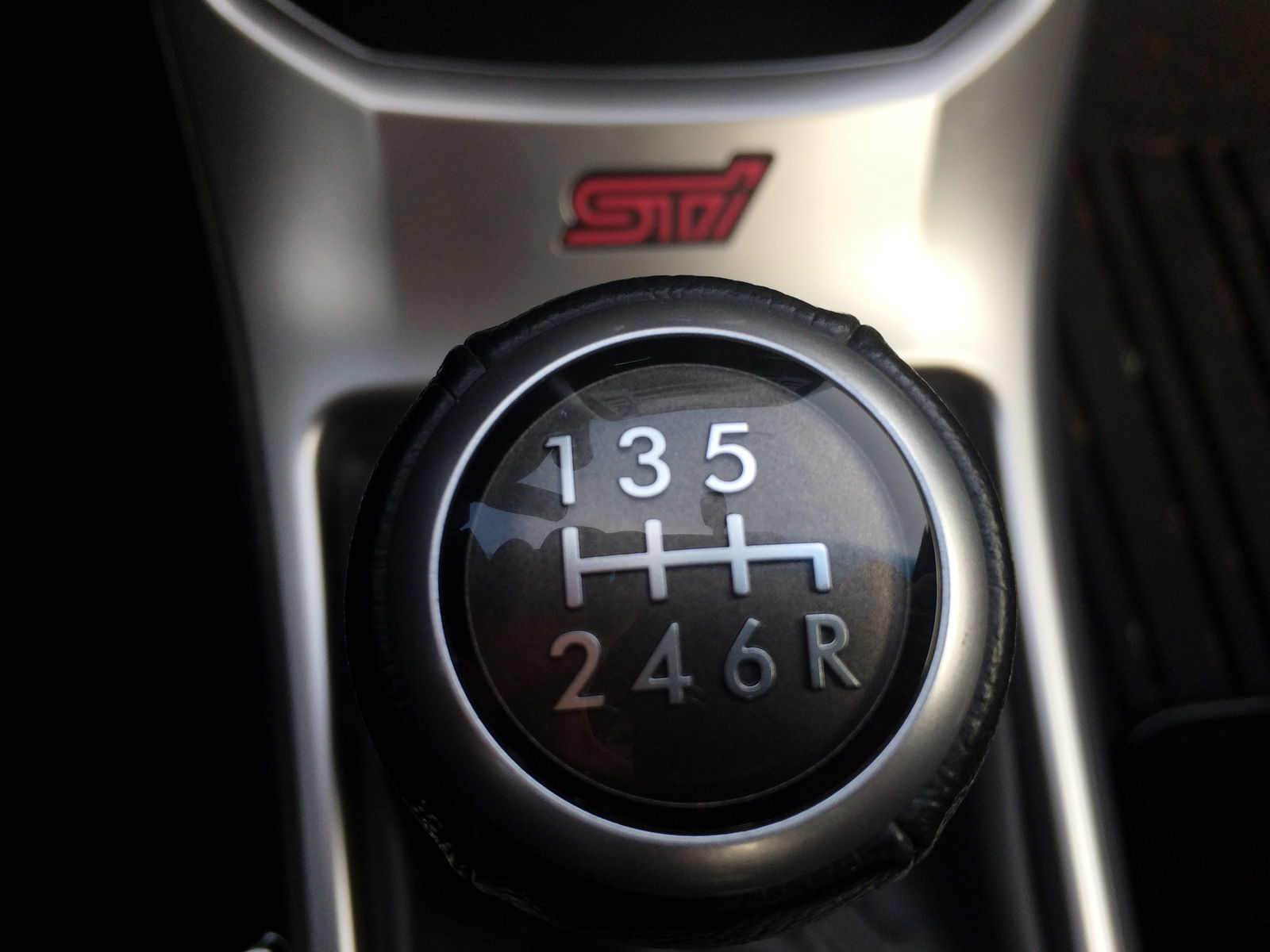
6. Hatchback
A lot of folks ask why I didn’t buy the 2015 car. Just like in 2007 when I saw the new WRX, I was equally disappointed when I saw the new STI in January 2014. No hatchback offered? Time to scramble. I found one of the remaining world rally blue STI hatchbacks, in a shipment on its way to Colorado, and snatched it up before it hit the dealer lot. To my knowledge, there were only two WRB hatches on the west coast at the time. The hatchback has 58 per cent more cargo space than the current generation saloon with all the seats upright. The practicality of hatchbacks is hard to beat, and it’s unfortunate that there isn’t an option for it today (as I’d have the keys to a ’15 instead). The old STI also has an inch more of ground clearance versus the current gen WRX, which is quite useful when you’re traveling off the beaten path.
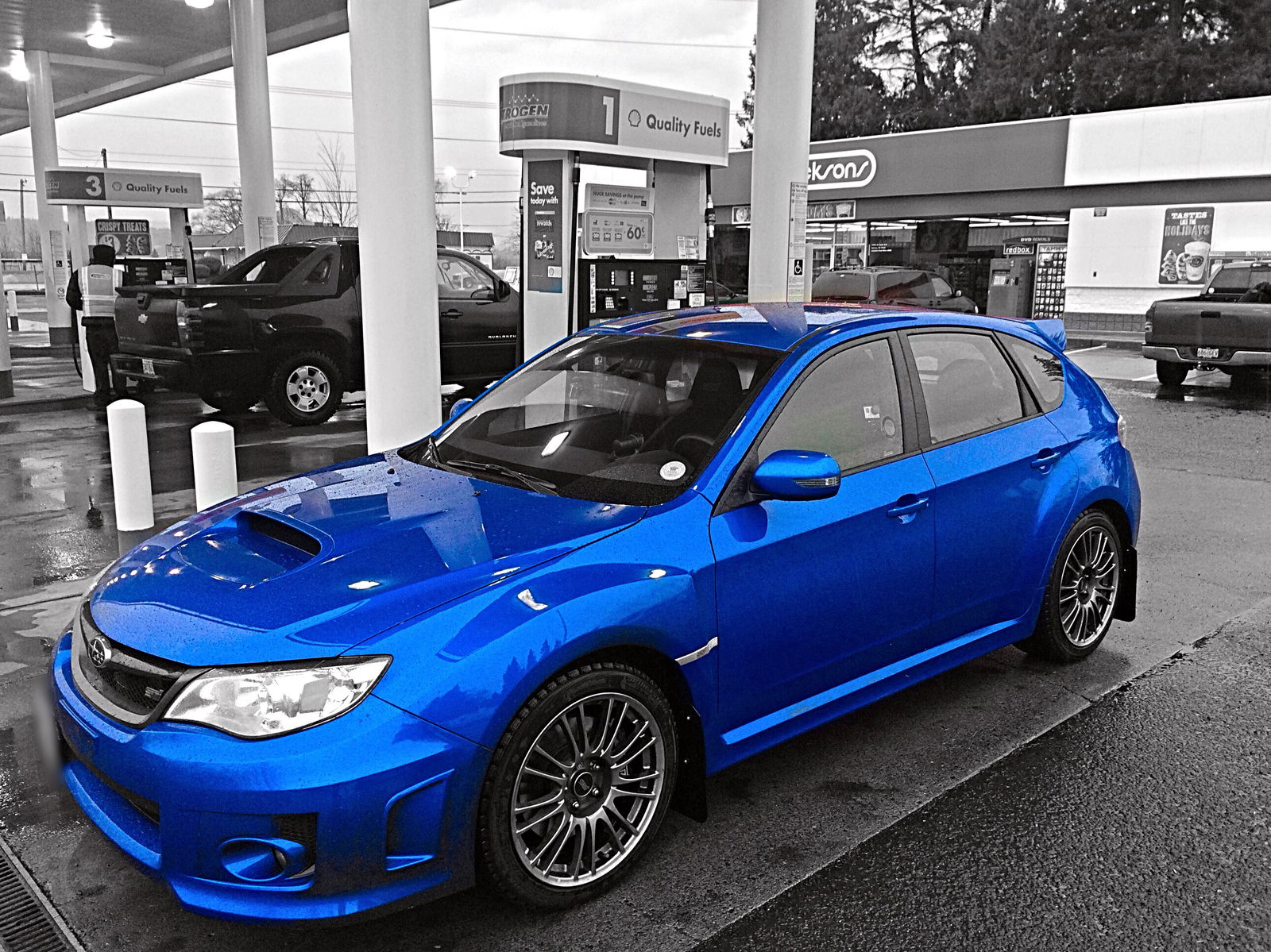
7. Boxer Rumble
There’s really no denying it. These cars sound incredible. And although I wouldn’t have opted for the SPT exhaust (hard to justify the cost), it was on the model I purchased, so I’m happy to live with it. Although the new STI continues the trend, it’s likely to be the last to have the iconic rumble, as the efficiency benefits of equal length headers have already plagued the new WRX. Okay, I’m a fan of efficiency, so honestly it’s not detrimental, it just loses a bit of character. Head to 15:20 in the video below for the sweet engine note:
8. Steering Wheel
I didn’t realise how much I like this steering wheel until I started reviewing other cars. So often these days steering wheels are designed to be overly ergonomic, in doing so losing their ergonomics. This wheel is simple and completely functional. A perfect circle, leather wrapped, and a small amount of cushion when gripped firmly. Cruise control and audio controls are on the steering wheel, as they should be. No nonsense levers which require removing your hands from the wheel just to change a song or decelerate a few mph.
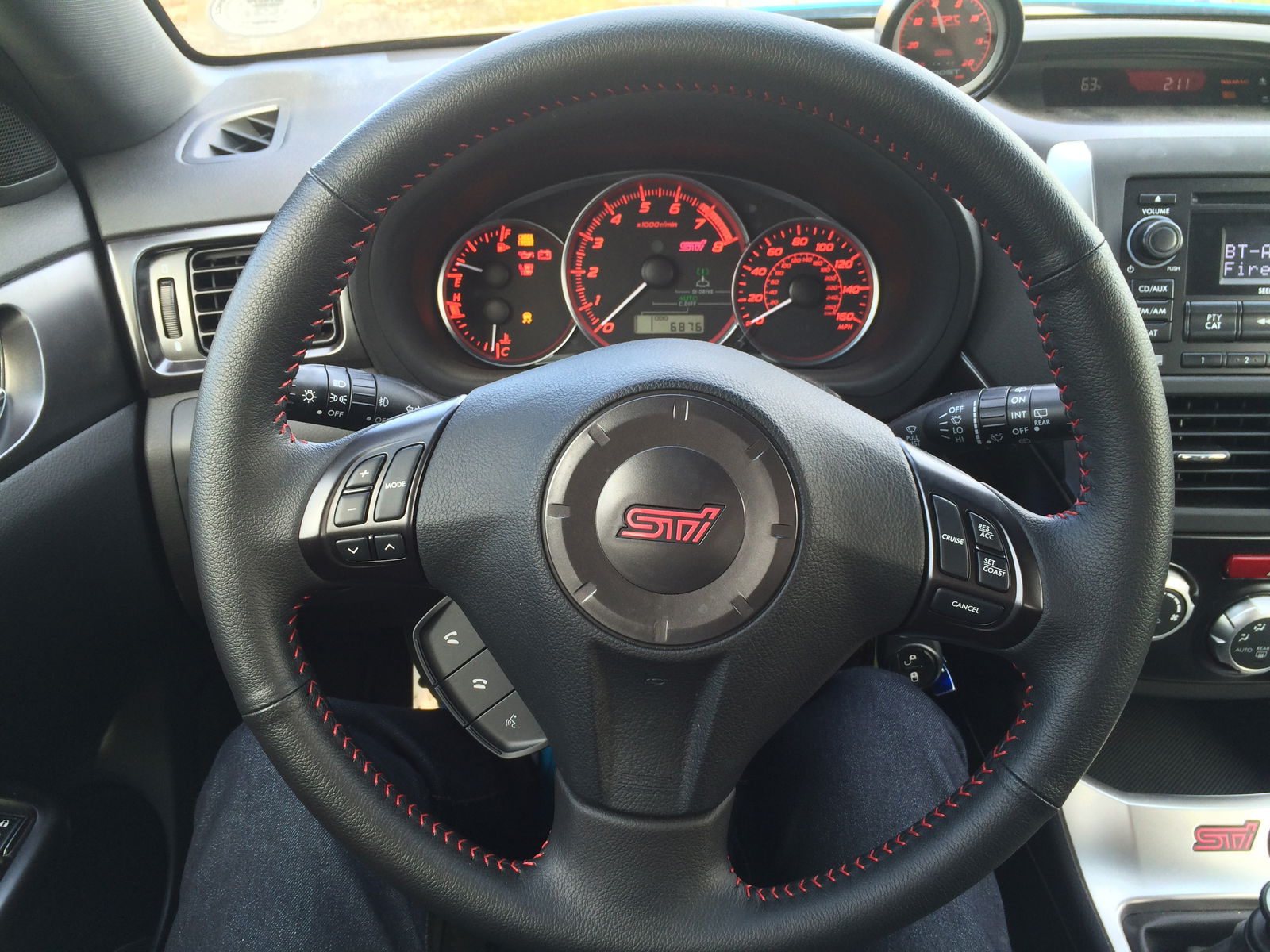
9. Reliability & Resale Value
Surely to cause the most comment drama below, but for me, reliability is one of the most important aspects of buying a car. I plan to own cars for a long time, rather than the extent of their warranty, so I want to know that the product will last. Compared to many of the sporty rides in its segment, the STI has a great reputation of being reliable. The resale value speaks for itself, as depreciation doesn’t seem to happen with these rides. I looked into buying a used STI, but couldn’t find anything I wanted south of $30k with 50k+ miles on it, so it didn’t make financial sense to buy someone’s abused clutch and engine for $5k under MSRP.
Can the engines fail? Yes. Have drivers had bad experiences with ringlands? Yes. Are cars that are overboosted and poorly tuned by wealthy high schoolers that don’t respect their property and launch at every other red light going to fail? Yes. Tuners claim to have all the answers because the “stock map is too lean” but I’d bet money on Subaru’s warranty work being minimal. Once you throw modifications onto a stock engine, all bets are off regarding reliability, and that’s a very common occurrence with these cars. I think one of the greatest testaments came from Dennis McCarthy, one of the world’s greatest automotive fabricators:
“We had [Subaru STIs] on the fourth [Fast & Furious] which was out of the desert in Mexico… just abusing them to no end and never one failure.”
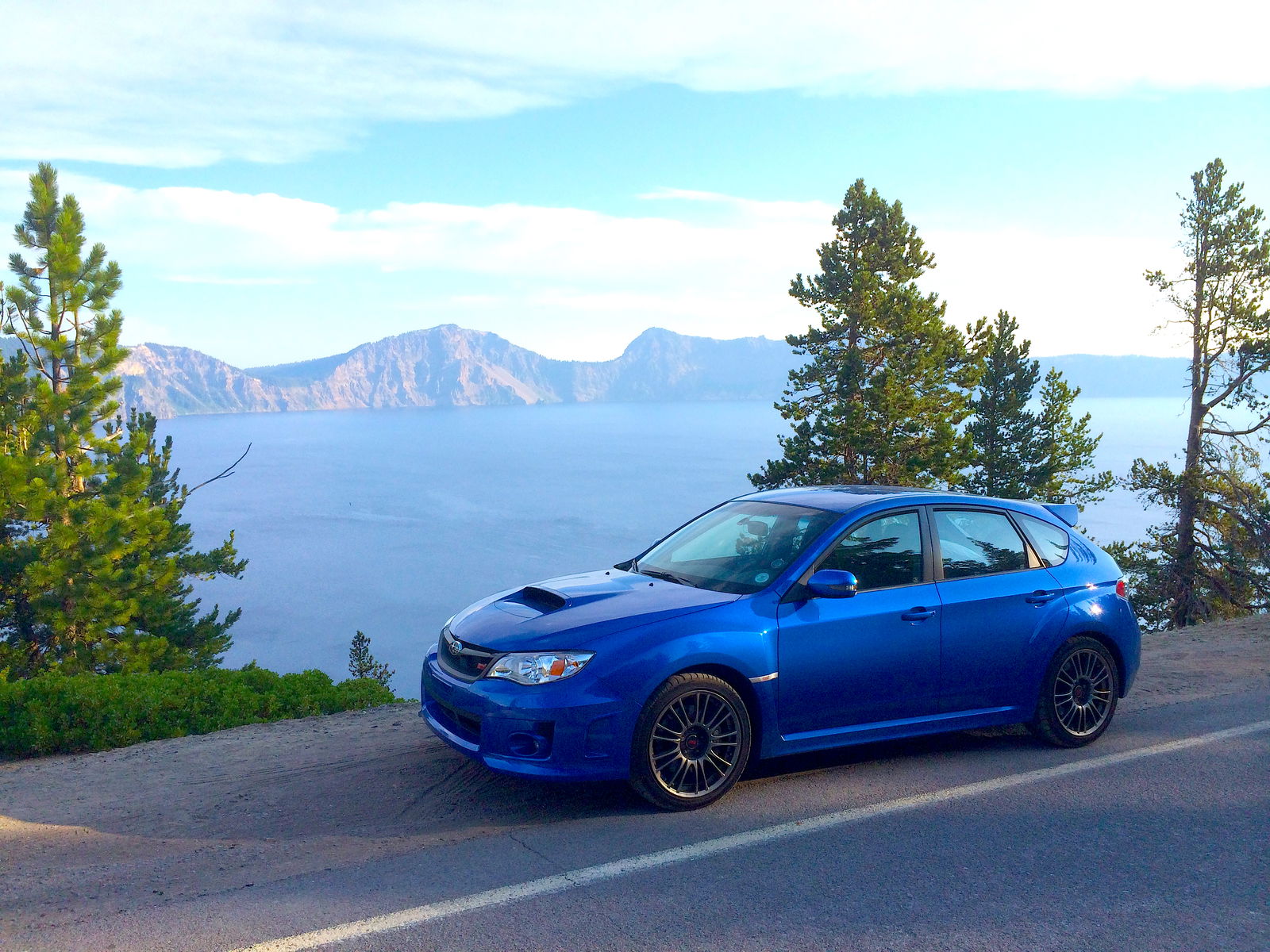
10. Appearance
Though I once despised it, I now love it. It grew on me over the years, and appeals to my inner boy-racer mentality. Is it mature? Not really. Especially not with the giant wing on the sedan. Is it beautiful? Not exactly. But it’s bold, and it’s functional. An intercooler fed though a wide hood scoop and bulging fenders at every corner? Yes, I love it.
It’s unfortunate that the new STI didn’t have more competitive pressure on it upon its release. With the Evo dying, and the Golf R and Focus ST with less power, Subaru didn’t really have much incentive to increase the potency of the new STI. I’m optimistic that with the new Focus RS, a car set up to oust the STI in many ways, the hot hatch battles can continue, yielding some fantastic rides in a newly competitive market.
After owning the STI for about a year, I posted an update on my thoughts of the car:
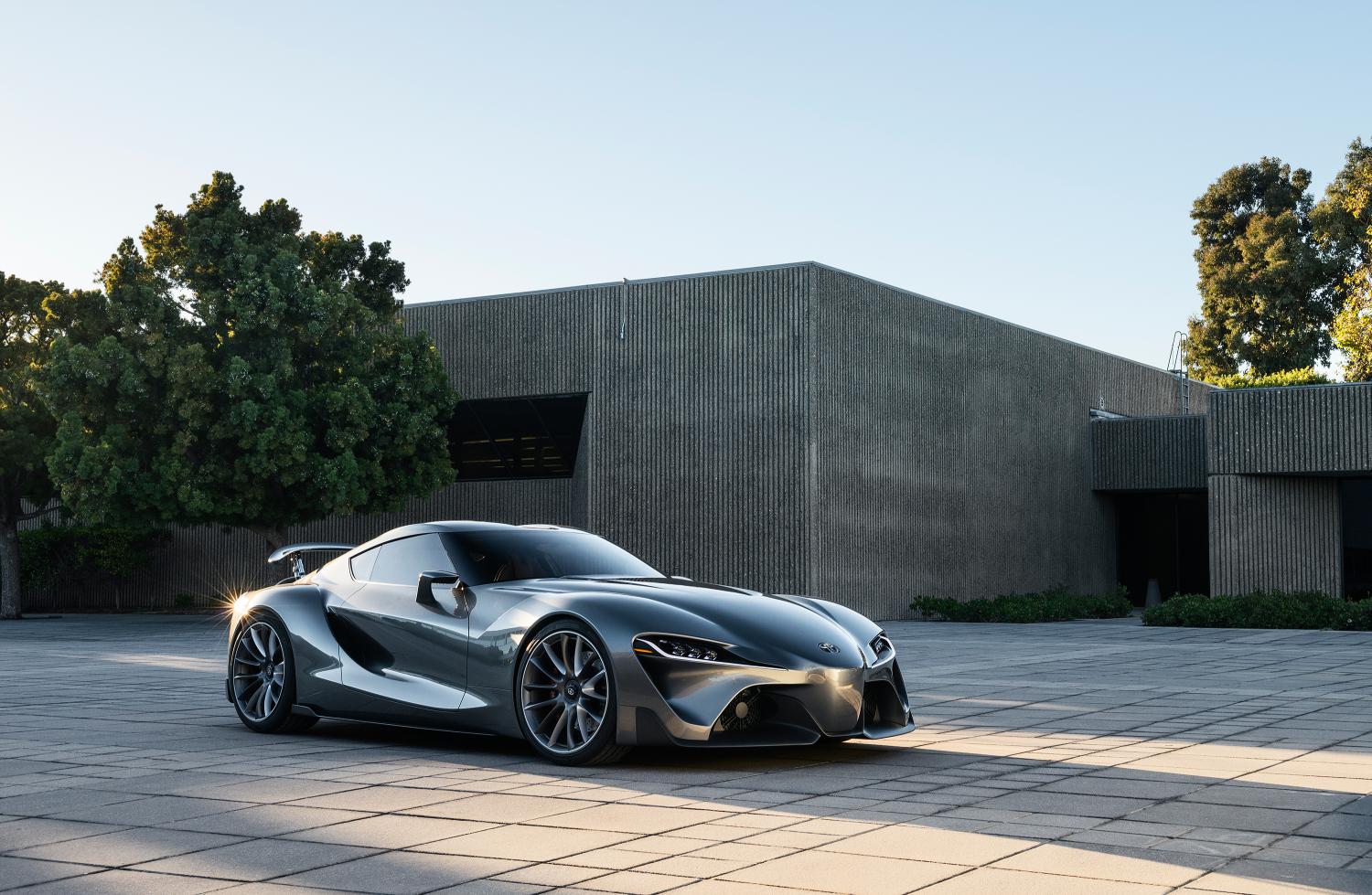
Comments